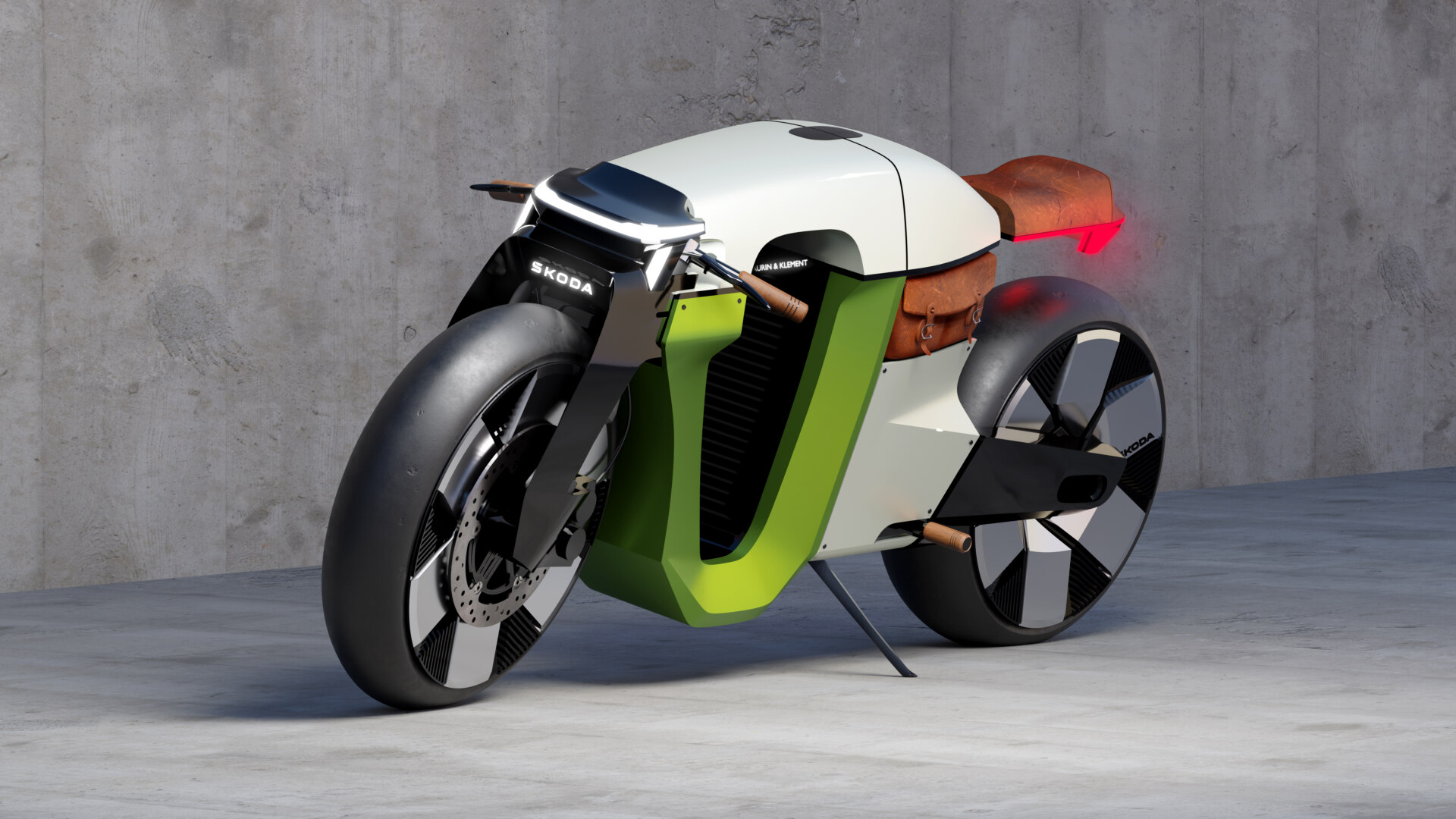Is Škoda coming out with a motorcycle?
To answer right away: it will remain a study. There are no serious plans for motorcycle production at Škoda Auto. Nevertheless, we want to share with you the images and the special story behind this design study.
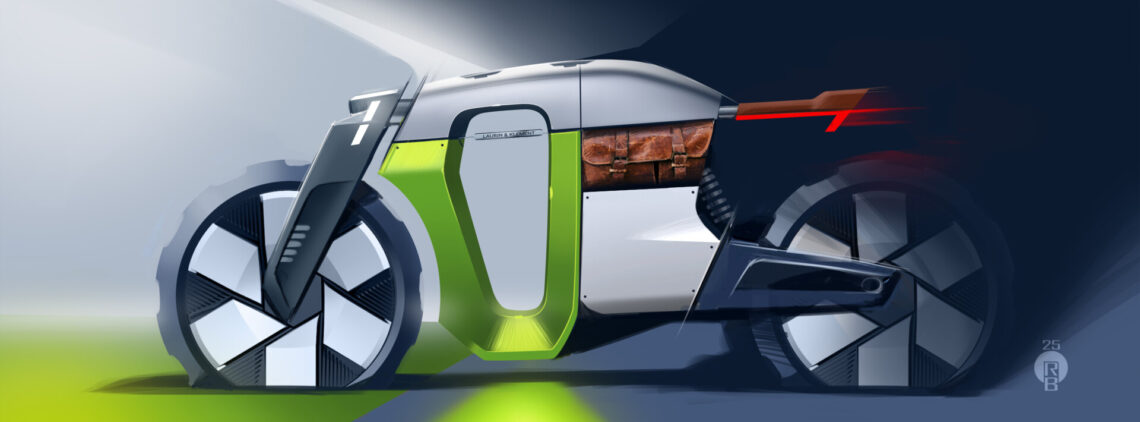
Laurin & Klement
You see here a modern interpretation of an 1899 motorcycle: the Laurin & Klement Slavia B. Locked away in this two-wheeler are the roots of the Czech automaker. Today’s Skoda began as a manufacturer of bicycles and motorcycles under the name Laurin & Klement.
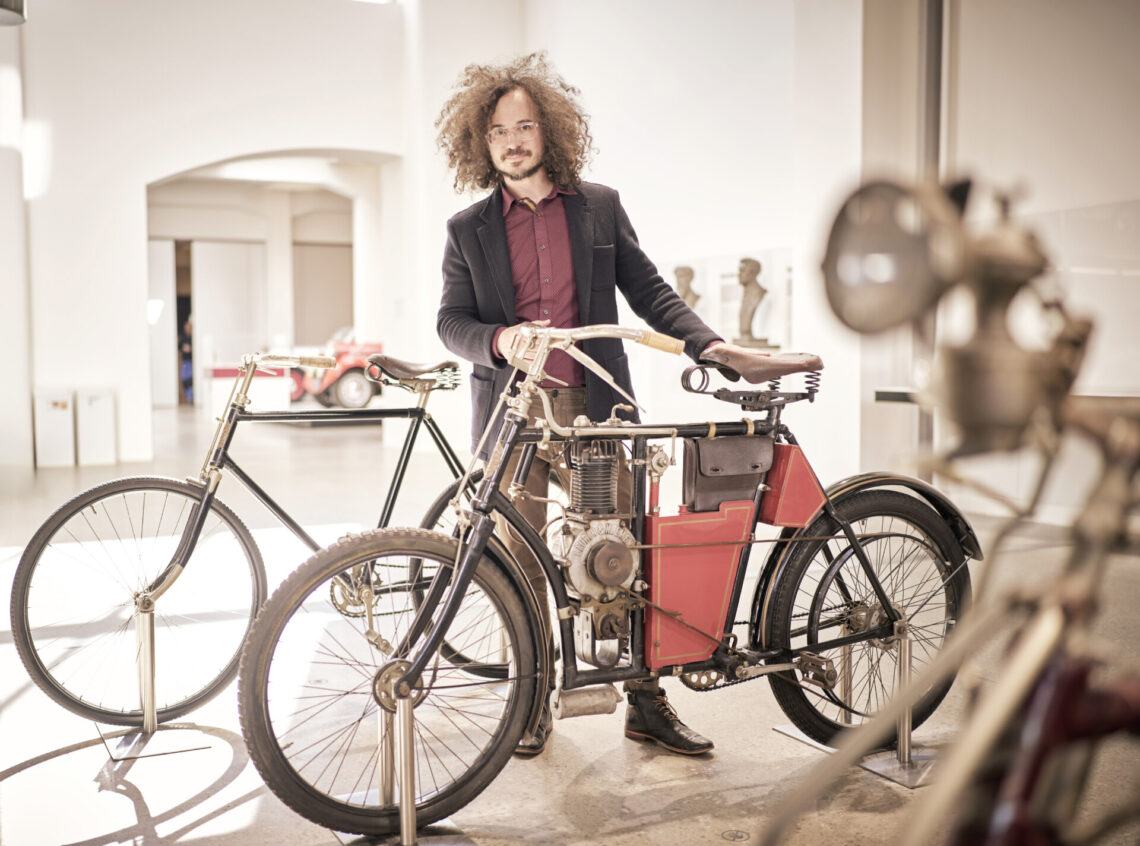
Skoda design
The futuristic motorcycle concept Slavia B was developed by French designer Romain Bucaille. Who works at Škoda Design. “I wanted to do something unique and go back to the origins of the brand. I work on cars every day. Since I also love motorcycles, creating one was really a refreshing change,” Romain says.
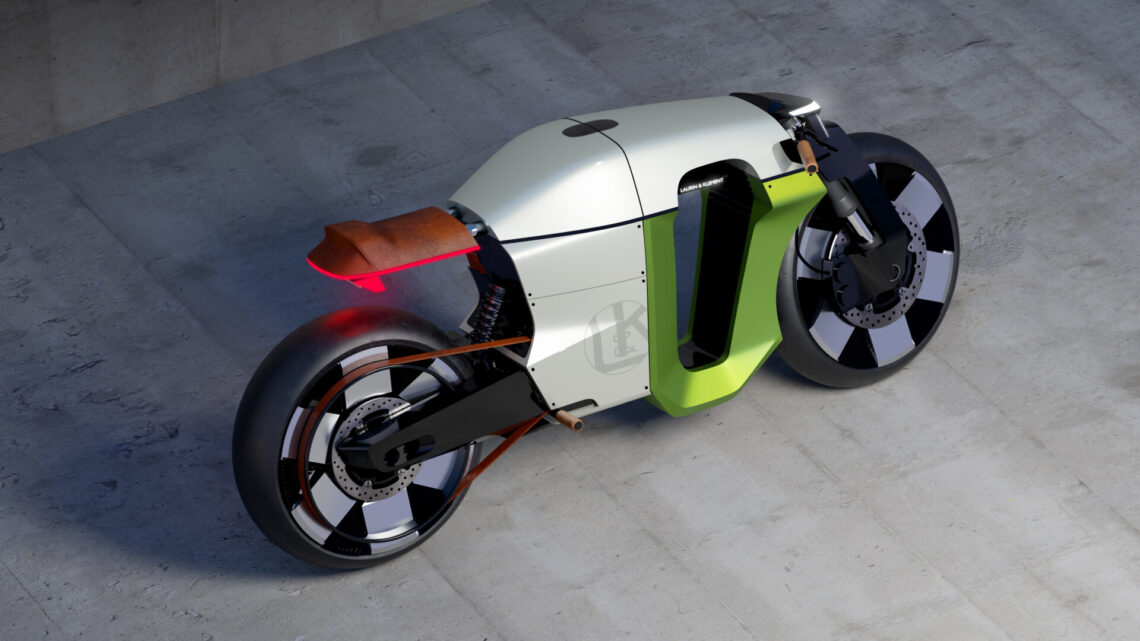
Futuristic remake of Slavia B
For this remake, Romain took a futuristic approach, totally focused on the 21st century and thus including electric drive. Yet historical designs were used, such as the distinctive frame shape of the early Laurin & Klement motorcycles. “It had a very distinctive shape – the frame ran around the engine,” explains Romain.
Race Paris to Berlin
The futuristic Slavia B also refers to the sporting heritage of the original model. Factory rider Narcis Podsedníček was the only competitor on a motorcycle to complete the leaden race from Paris to Berlin in 1901. He did so on a Slavia B.
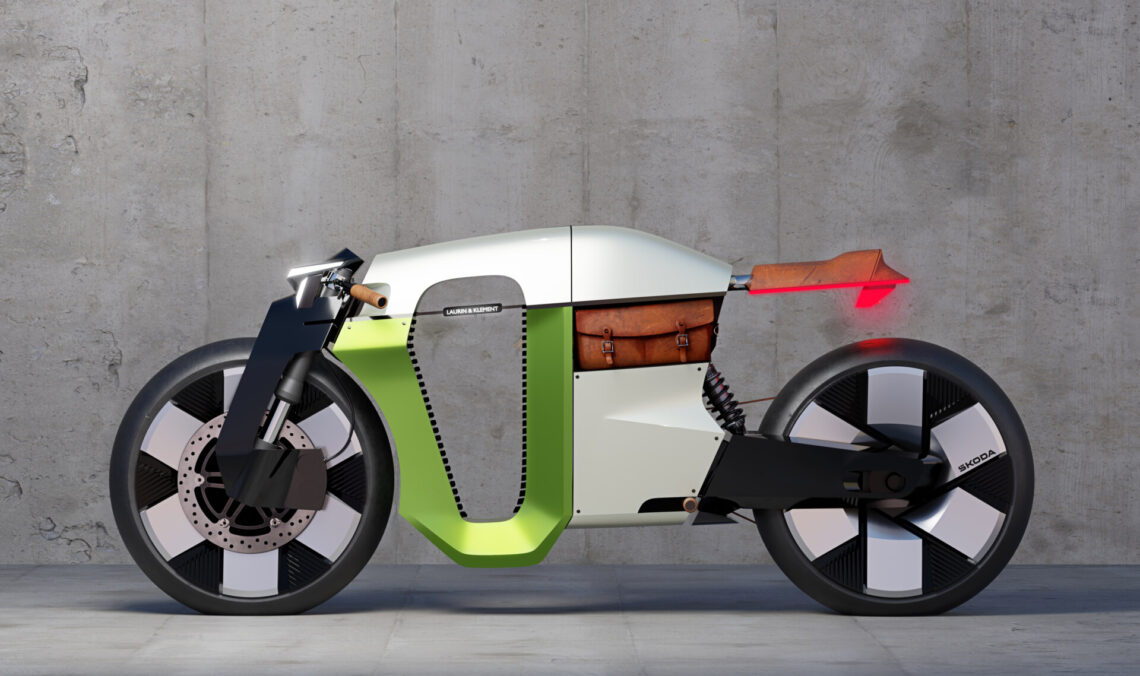
Vintage details
“I wanted to reflect those sporty qualities in my design. The saddle is shaped so that it seems to float, separate from the bike’s frame,” explains Romain. “I also added a vintage detail in the form of a leather tool bag integrated into the frame – an essential item in long-distance racing at the time.”
Slavia B anno 1899
The Slavia B was presented to the public in 1899, along with the Slavia A. It was powered by a 240 cc air-cooled single-cylinder engine with a power output of 1.75 hp and a top speed of 40 km/h. The motorcycle had no gearbox – propulsion was via a flat belt connected directly to the engine. Pedals were also present, which served for starting and as additional drive. A chain was used for power transmission. Between 1899 and 1904, Laurin & Klement produced 540 examples of the Slavia B.

